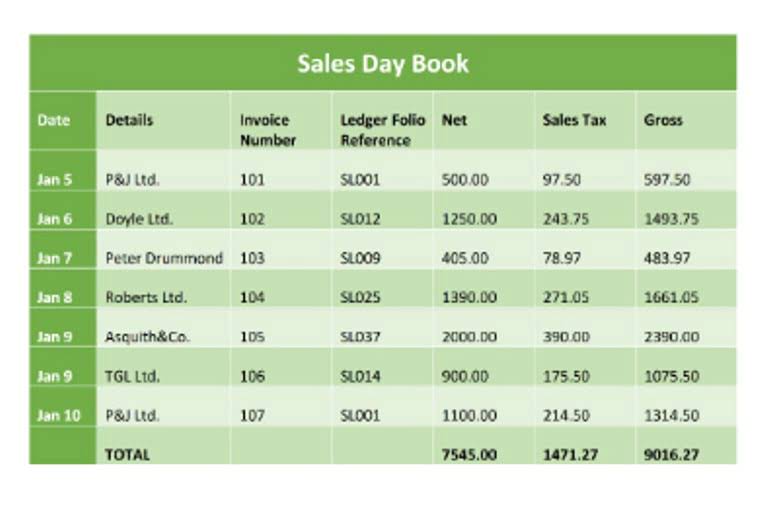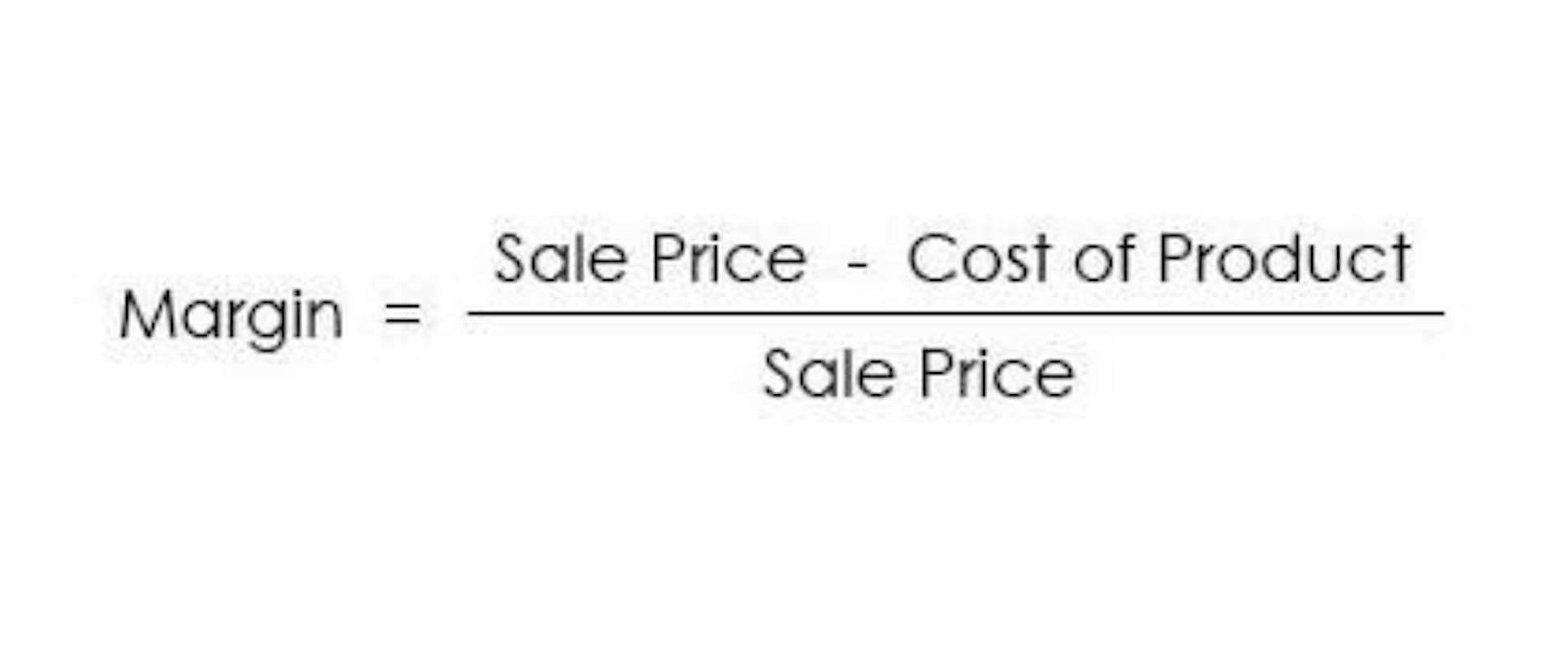
A fixed asset roll forward is typically created quarterly and/or annually. This schedule is frequently requested from auditors for use in their workpapers and audit testing. Under the cost model, the carrying value of fixed assets equals their historical cost less accumulated depreciation and accumulated impairment losses. Fixed assets, also known as long-term assets or non-current assets, are tangible or intangible resources held by a company for long-term use in its operations to generate income. These assets are not intended for resale but rather for continued use within the business to support its operations. Fixed asset accounting is crucial for businesses to manage their long-term tangible and intangible assets.
- Fixed assets are company-owned, long-term tangible assets, such as forms of property or equipment.
- This process ensures that the value of fixed assets is accurately reflected on the balance sheet and income statement over their useful lives.
- This cost is then allocated over the useful life of the asset through depreciation.
- He has been the CFO or controller of both small and medium sized companies and has run small businesses of his own.
For instance, let’s say that your barn wood boardroom table (try saying that three times fast!) doesn’t live out its days until fully depreciated or sell at a gain to a stylish homeowner. You may decide that your table isn’t big enough for your growing company and sell it along the way, debiting Cash (or Accounts Receivable) and crediting Fixed Assets. If the laptop is being used in a company’s operations to generate income, such as by an employee who uses it to perform their job, it may be considered a fixed asset. In this case, the laptop would be recorded on the company’s balance sheet as property, plant, and equipment (PP&E).
Prepaid expenses
Using the straight-line depreciation method, you spread out the cost over the useful life of the asset. In our case, that’s 7 years, so our monthly depreciation expense is $45 per month ($3,780 divided by 84 months). Before finalizing the journal entry, review the calculations and fixed assets accounting entries ensure accuracy. Verify that all accounts are adjusted correctly to reflect the disposal transaction. Calculate the difference between the proceeds from the disposal and the carrying value of the asset. If there are any proceeds from the sale, you should record them accordingly.

Adjusting entries allow you to adjust income and expense totals to more accurately reflect your financial position. Revaluation of fixed assets is the process by which the carrying value of fixed assets is adjusted upwards or downwards in response to major changes in its fair market value. The decision of choosing between the cost method or the revaluation method should be made at the discretion of management. Accounting standards accept both methods, so the deciding factor should be which method is the best fit for the unique needs of the business in question. If the business has a greater proportion of valuable non-current assets, revaluation might make the most sense. If not, then management may need to go deeper to reveal the factors needed to make the best decision.
Defining the Entries When Selling a Fixed Asset
Just remember that for a revaluation model to function properly, it must be possible to arrive at a reliable market value estimate. If reliable comparisons to similar assets (such as past real estate sales in a neighborhood) are possible, then the subjectivity of the revaluation is decreased, and the reliability of the revaluation increases. Depreciation expense represents the decrease in the value of the asset as a result of use.
This entry debits $400 to Depreciation Expense and credits $400 to Accumulated Depreciation. Accumulated depreciation tracks the total depreciation charged on an asset, aiding in determining its carrying value and providing insights into the asset’s current worth. HighRadius Record to Report (R2R) solution transforms bookkeeping, bringing automation to the forefront to significantly boost efficiency and precision. From data fetching to journal entry and analysis, HighRadius empowers organizations to achieve a groundbreaking 50% reduction in manual tasks through its no-code platform, LiveCube.
Asset Disposal for No Proceeds at a Loss
The table may also decrease in value along the way and end up worth less than the carrying value instead of more, this is called impairment. For example, if the table is damaged in some way, you may need to decrease the book value of the asset and record an impairment loss on your income statement. When we sell the table, we write off the remaining balances in both Fixed Assets and Accumulated Depreciation in the general ledger. The difference between the book value of the asset and our sales proceeds is recognized as a gain. Decrease the fixed asset account by $20,000 to remove the van from the company’s records. There are several accounting transactions to record for fixed assets, which are noted below.
Accounting for sale and leaseback transactions – Journal of Accountancy
Accounting for sale and leaseback transactions.
Posted: Wed, 01 Jul 2020 07:00:00 GMT [source]
A fixed asset is an item having a useful life that spans multiple reporting periods, and whose cost exceeds a certain minimum limit (called the capitalization limit). It is classified as a long-term asset, since it will remain on your books for an extended period of time. In a capital-intensive business, fixed assets may very well be the largest asset class on an organization’s balance sheet.
